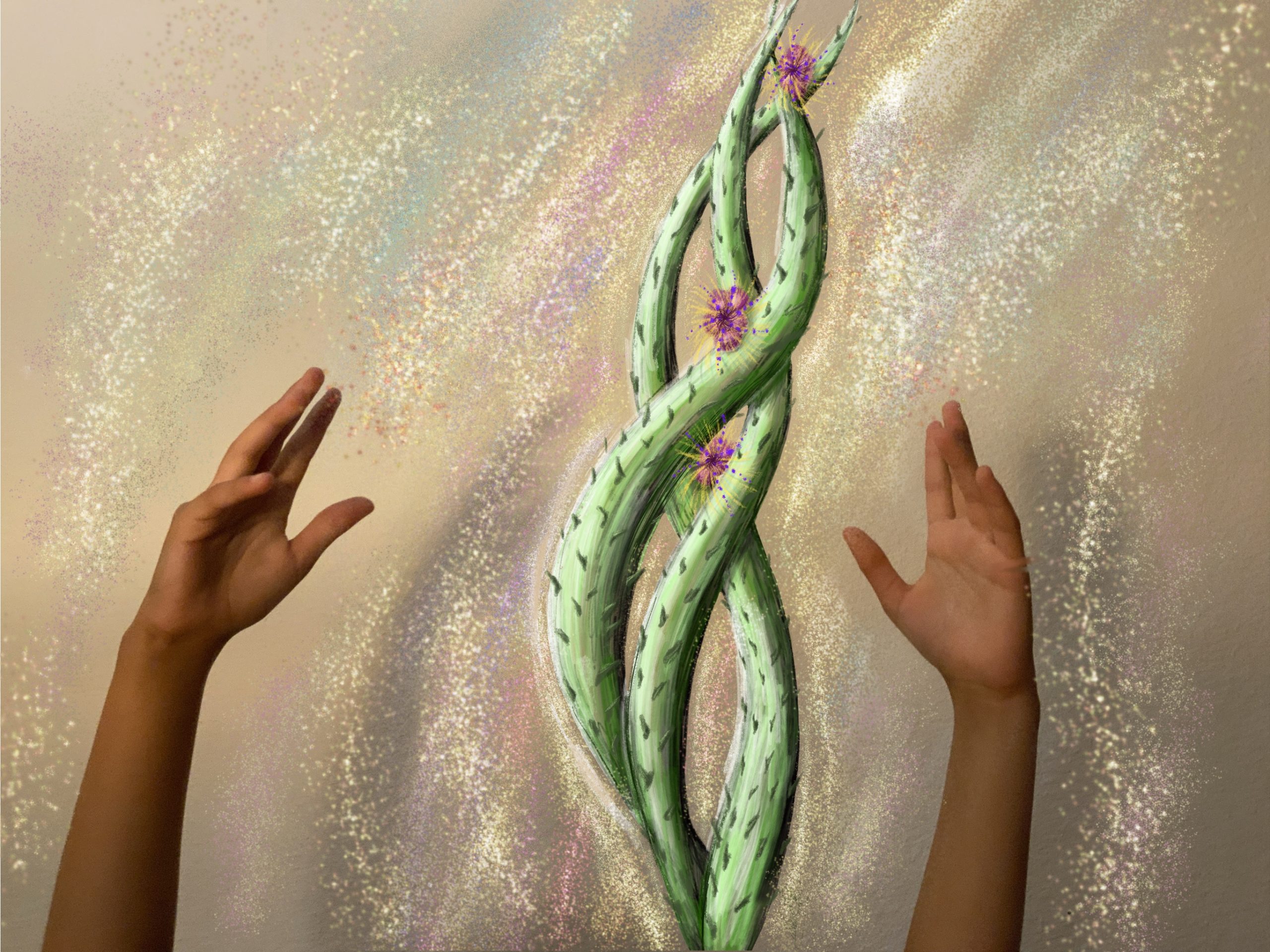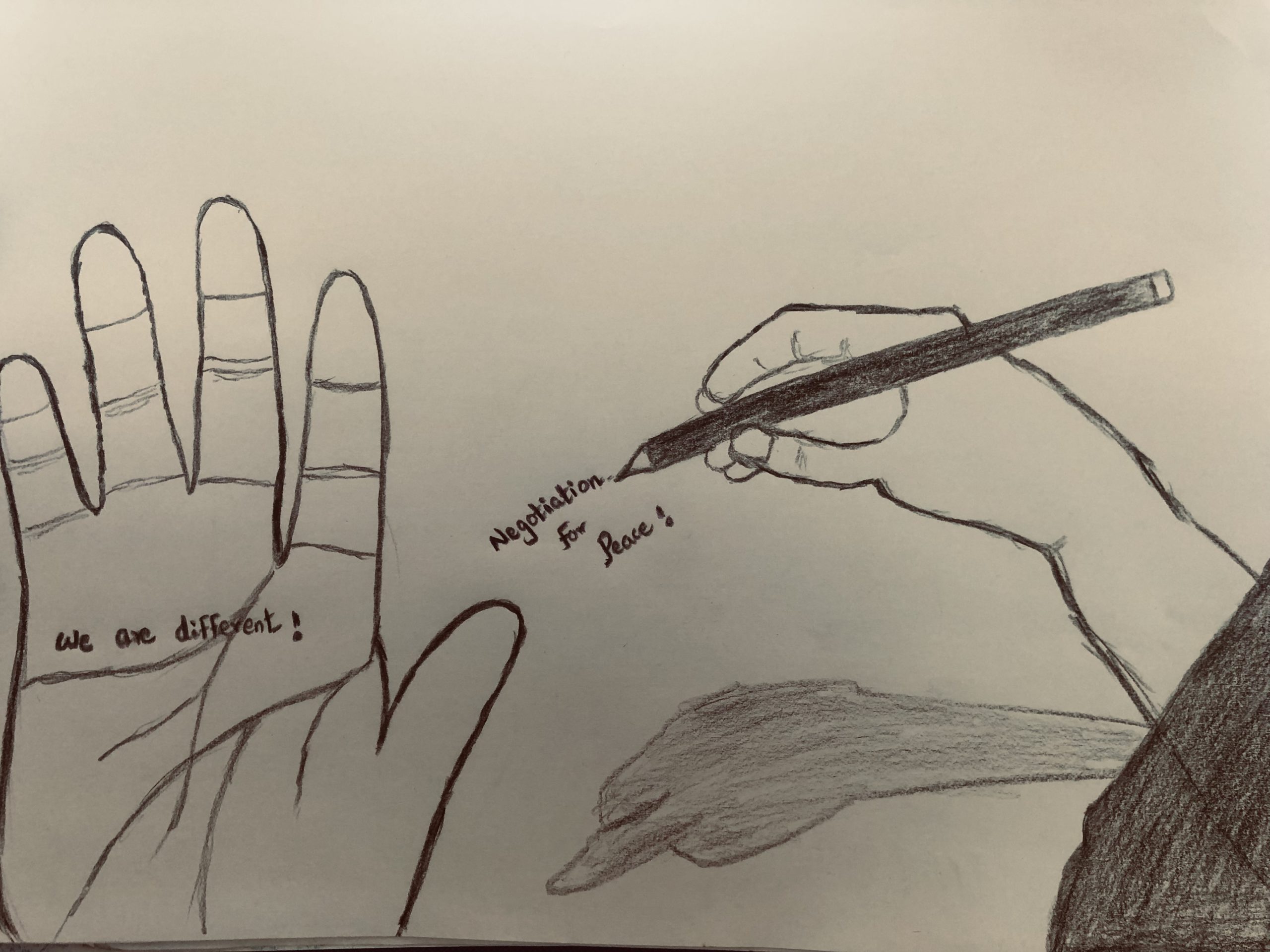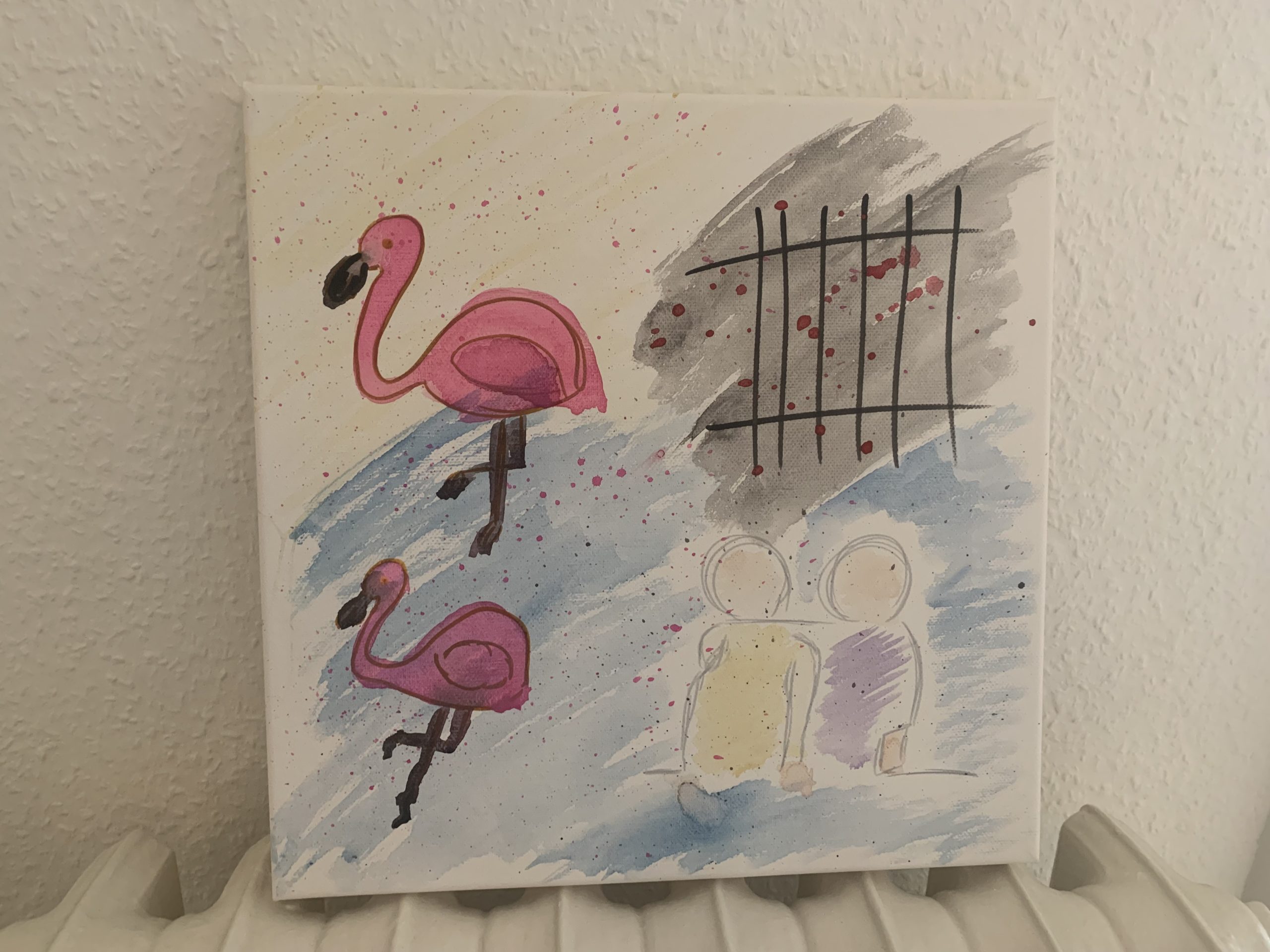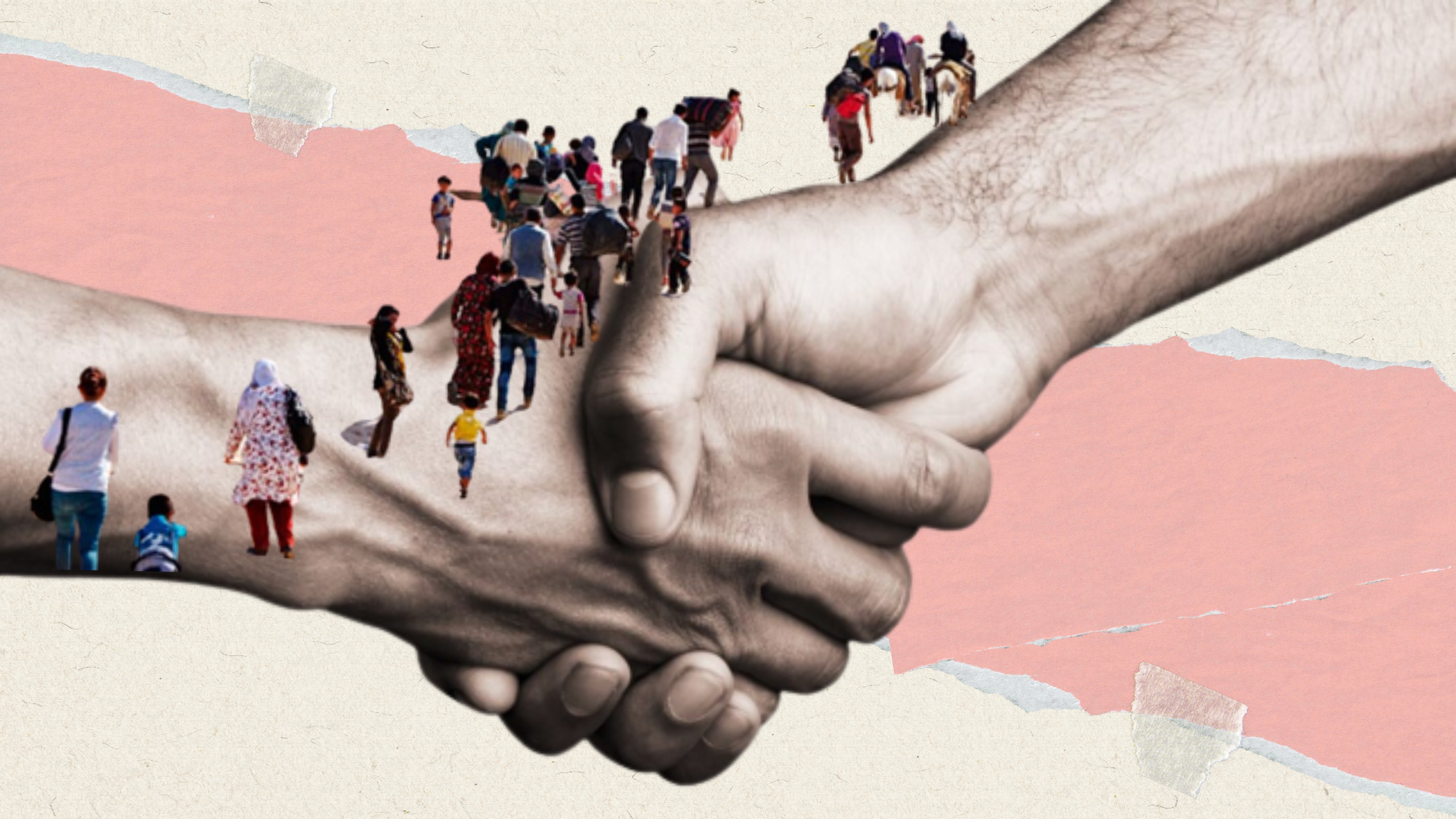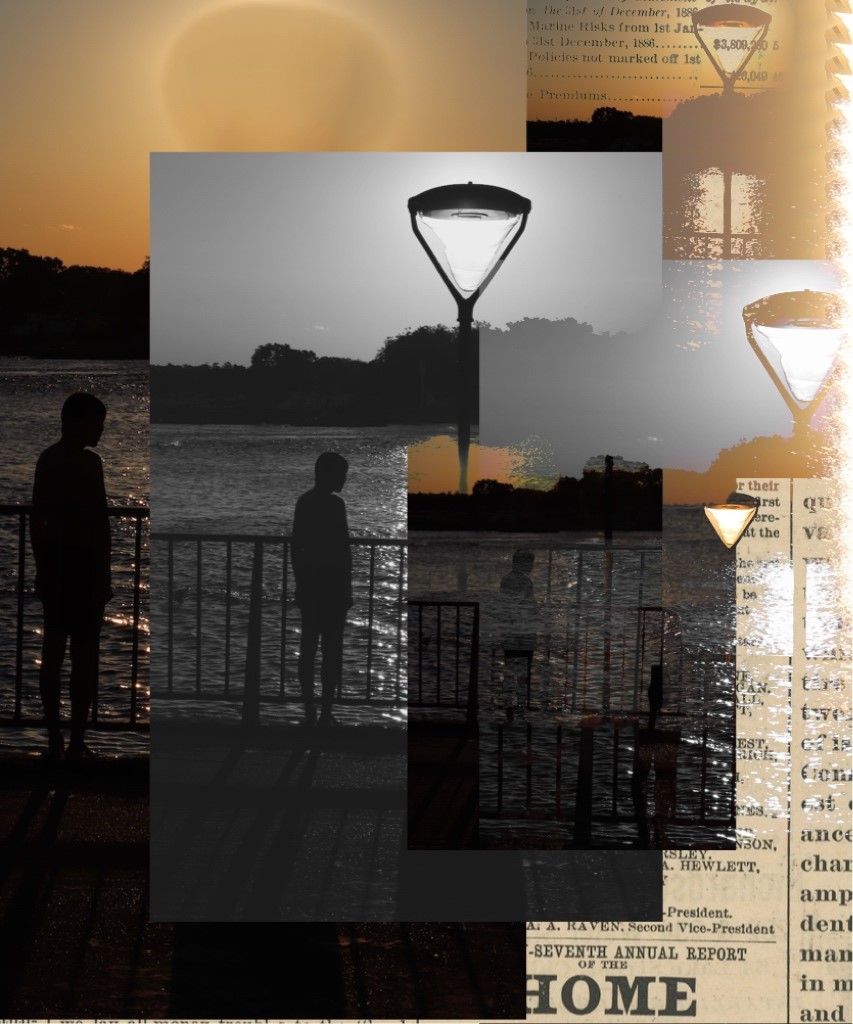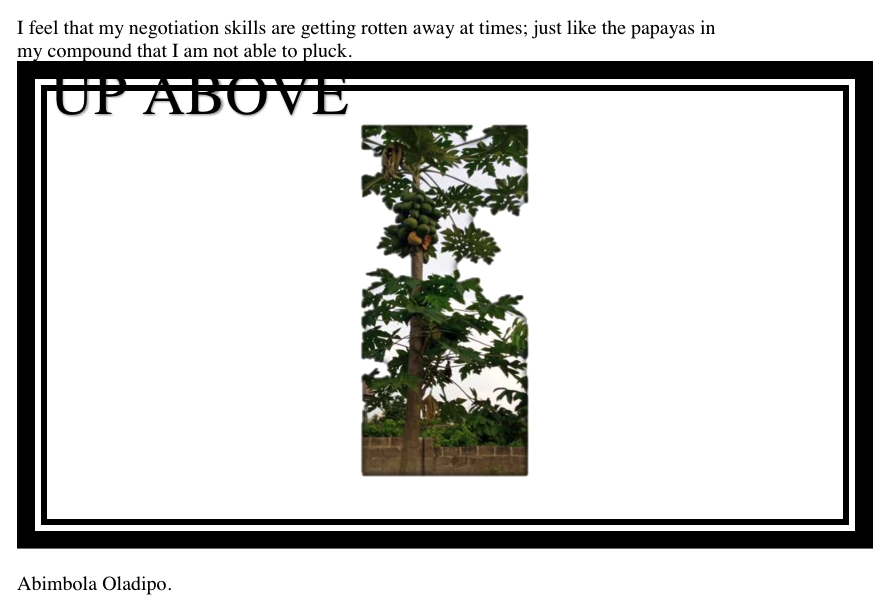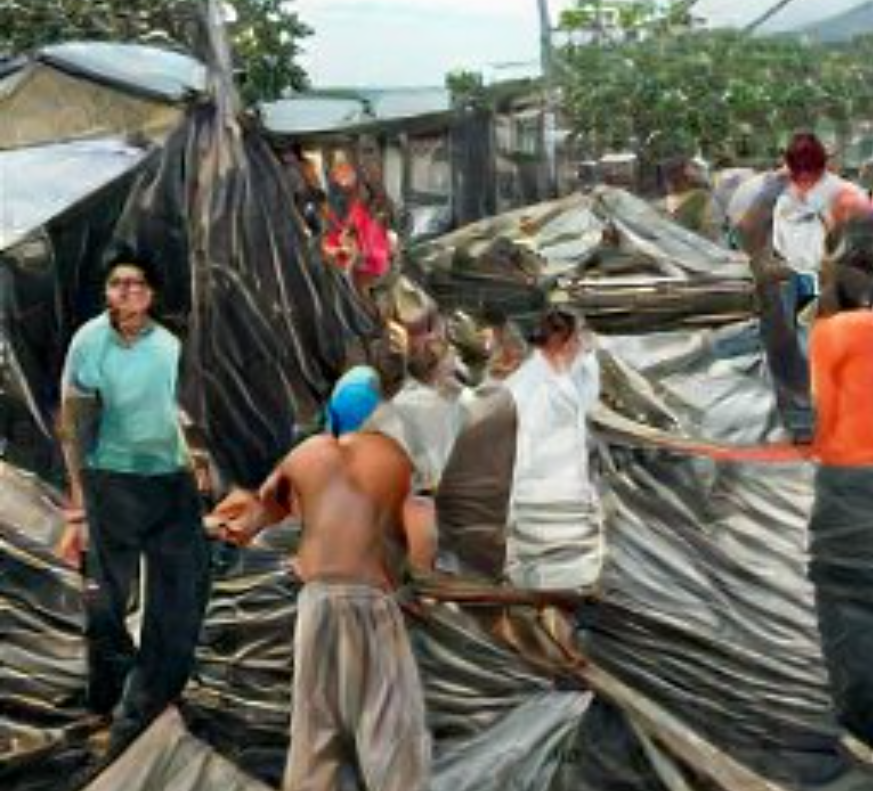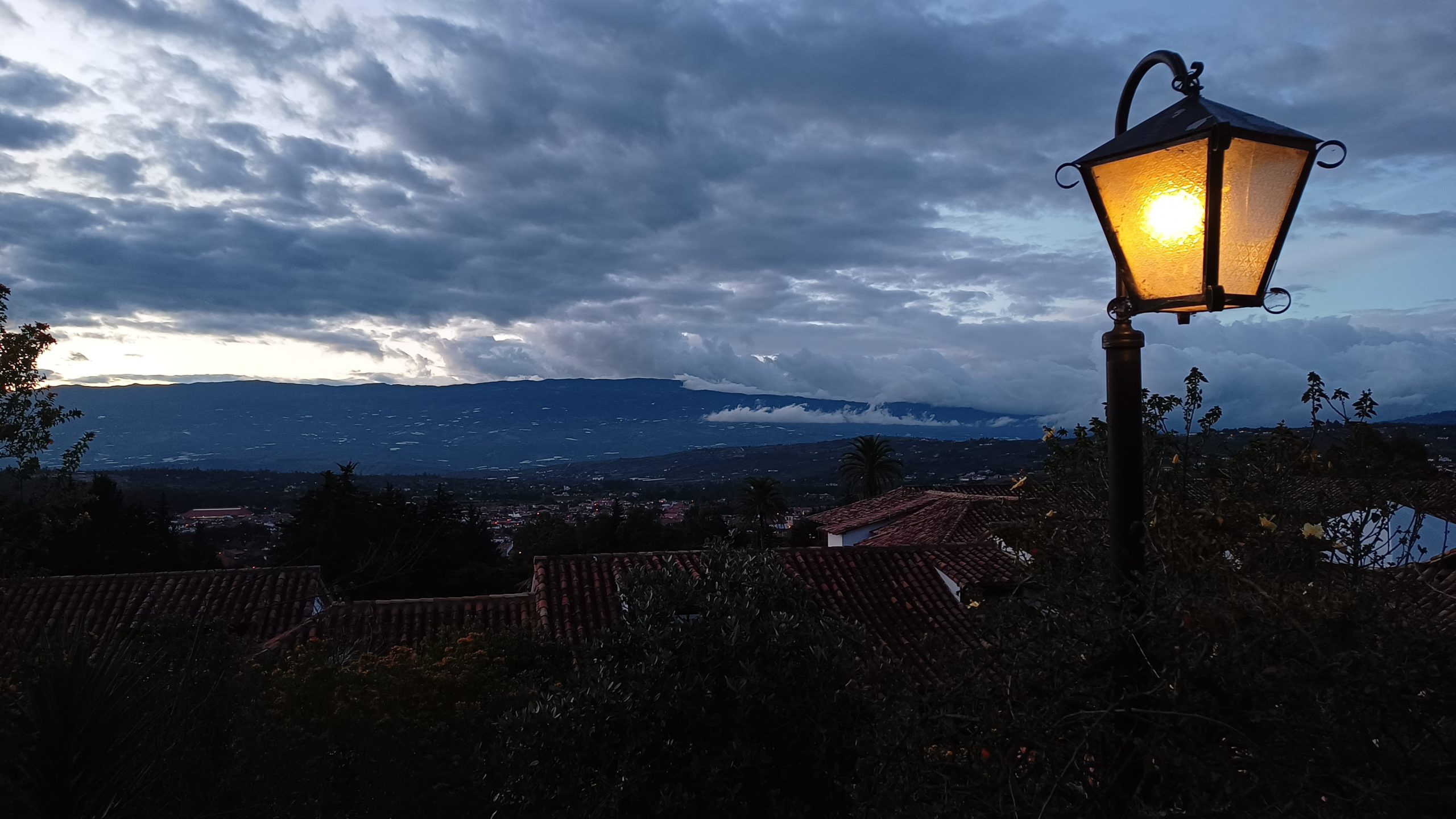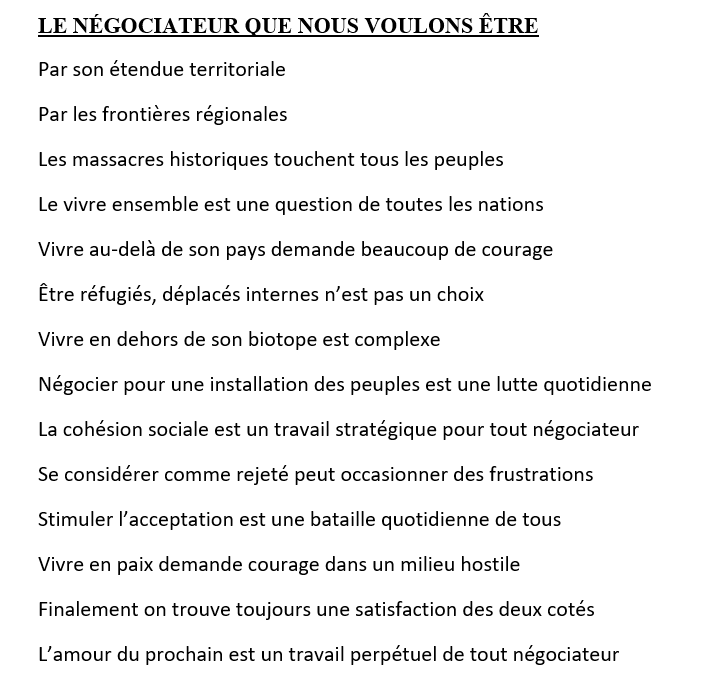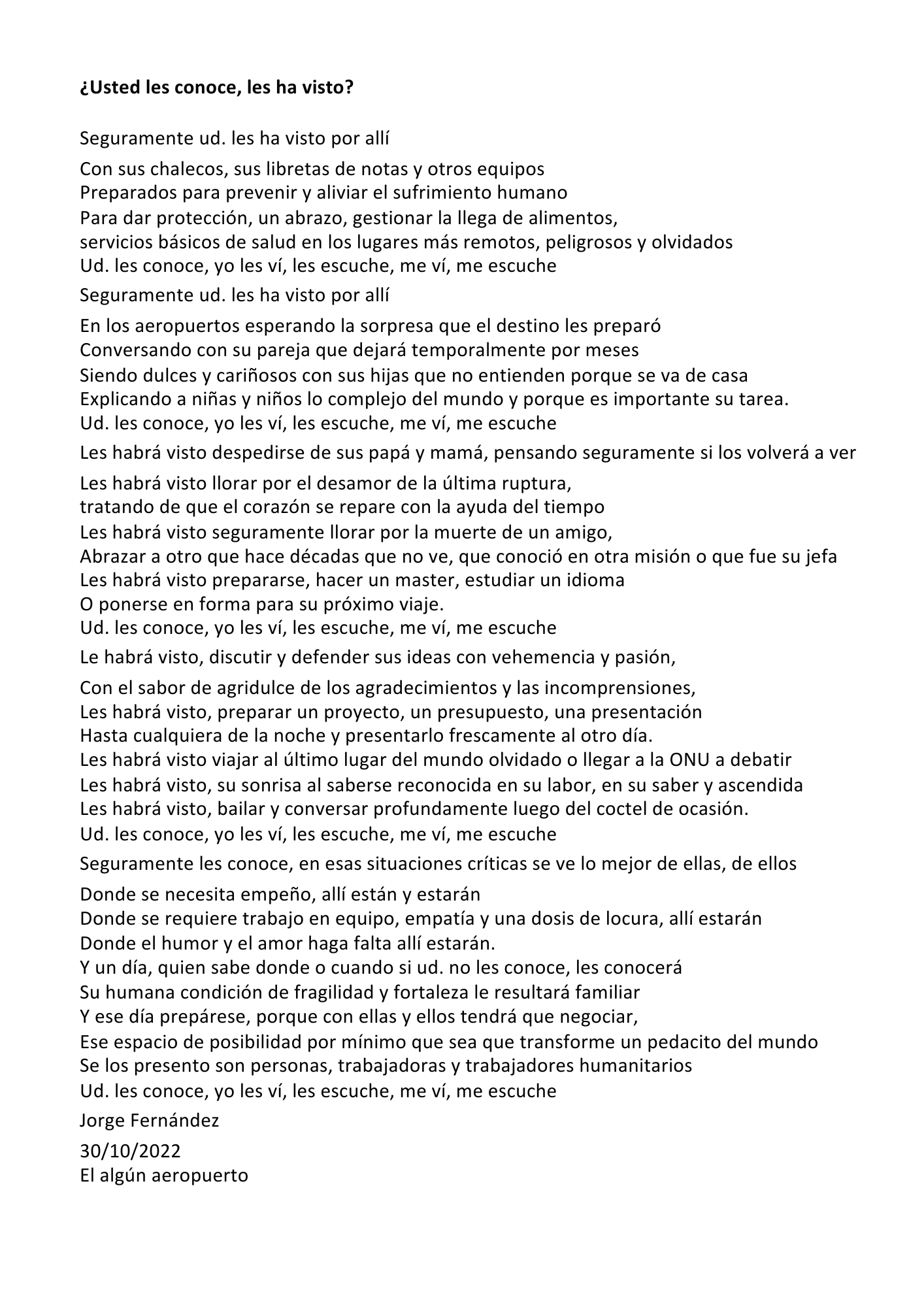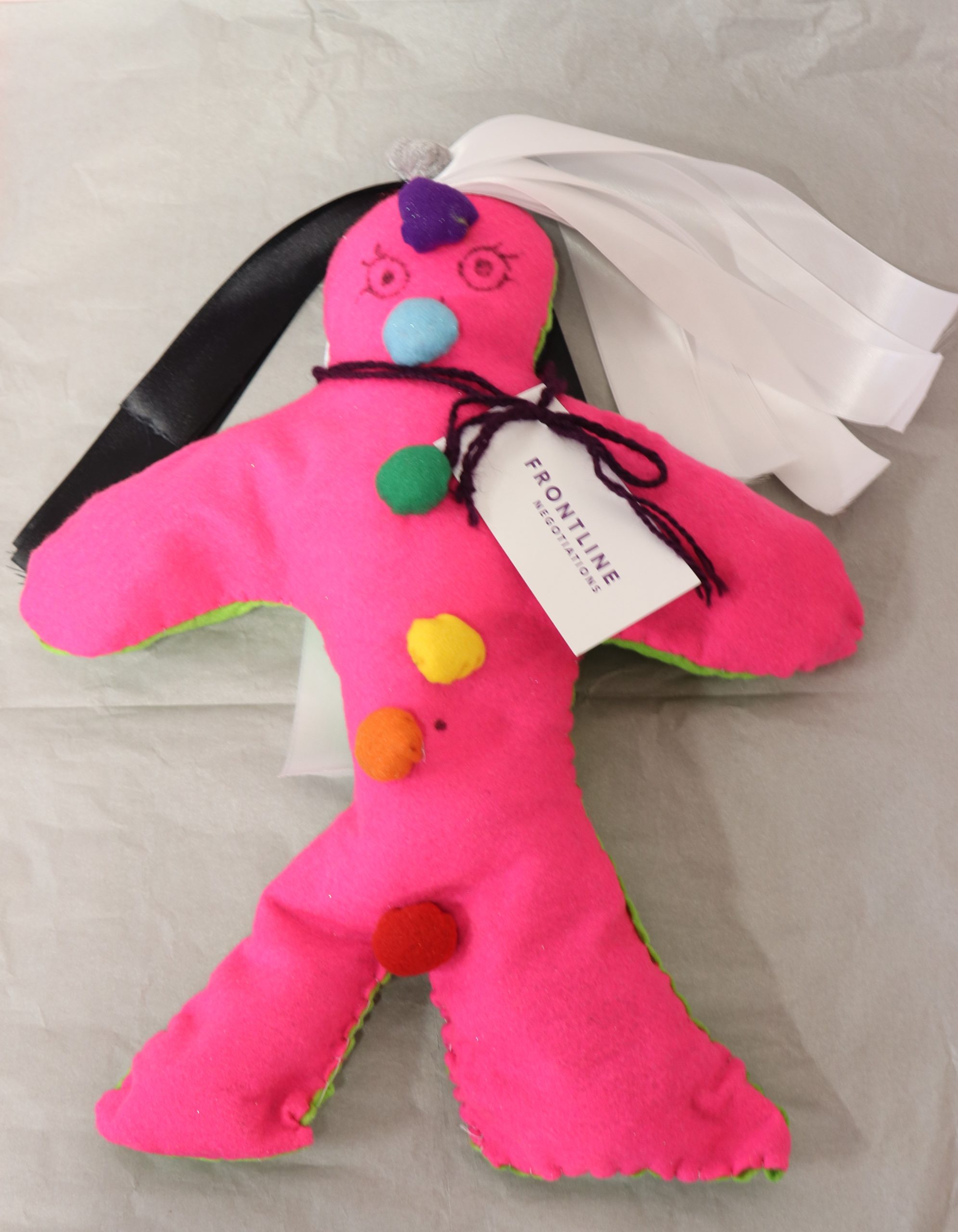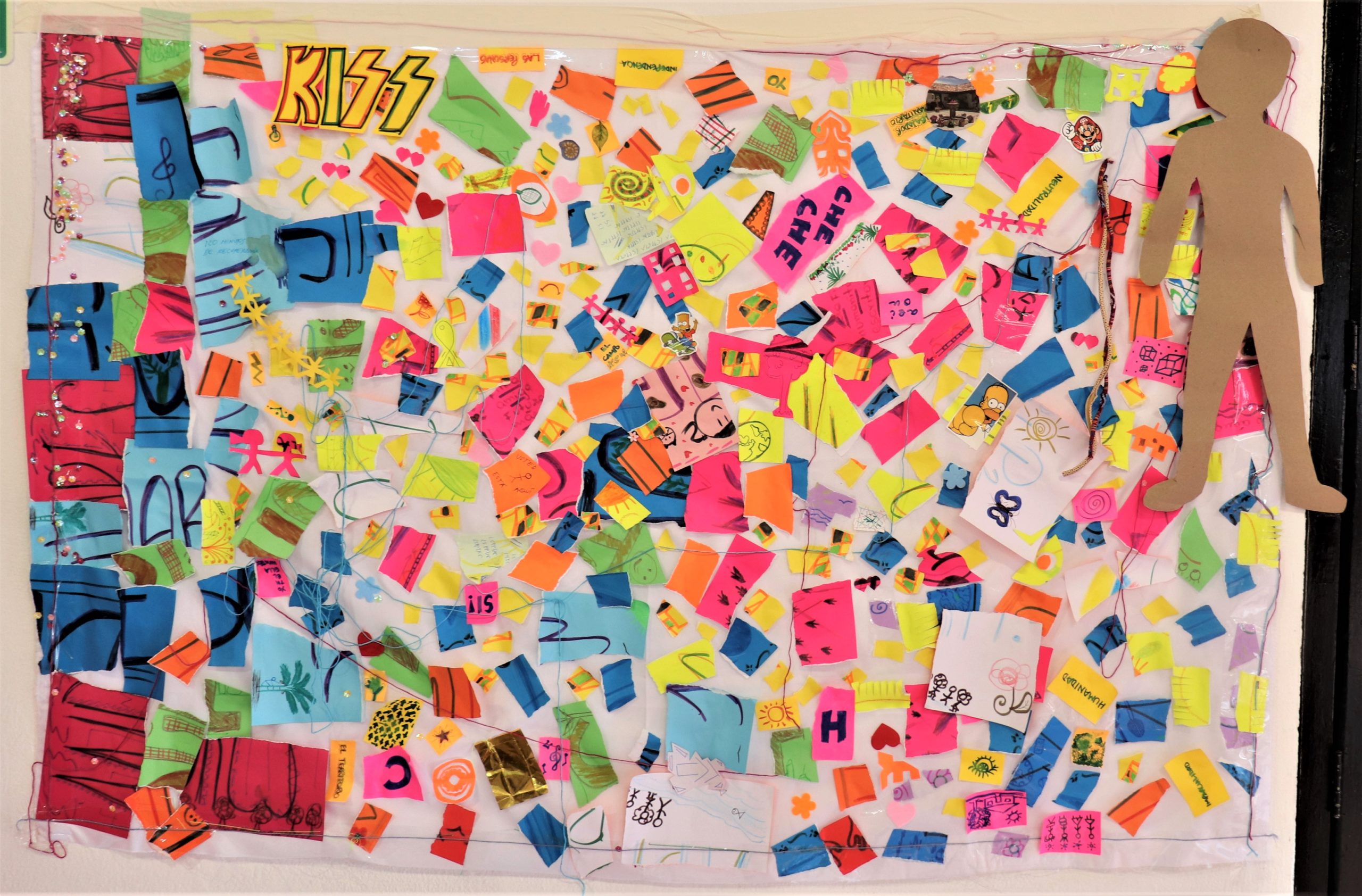What does art have to do with negotiation?
Negotiation is not something that is done following an exact recipe that works every time. Once ready to enter the transactional phase, it becomes a dance, a play, or an improvisation jazz piece: the negotiator constantly adapts and composes with the counterpart, the environment, and the circumstances. Negotiation is an art!
Using artistic methods as metaphors to reflect on the negotiation practice can help you notice the skills, emotions, techniques you use to overcome the challenges and dilemmas of negotiations.
You will find below the projects done by CCHN community members around the theme “The role of emotions in humanitarian negotiation”, sorted by artistic medium. Click on each image to see it in a bigger format!
Music
FANTASY OF NEGOTIATION
By : Xiwen Li
Original language: Music
Inspiration: I would prefer to keep some space for audience’s imagination based on the music!
Motivation: The music was inspired by the emotional change during the different stages of humanitarian negotiation. The video was taken after a long day of negotiation in Afghanistan.
NOWHERE TO LIVE NO LAND TO GO
By : Naw May Khin Thet
Original language: English
Inspiration: Over the past week, I negotiated with community leaders and school authorities to get opportunities to organise psychosocial support program for children in remote areas. It focused on using positive approaches to receive their approval and share the objectives that all children need their leisure time to create art work. Finally I received approval to organise a psychosocial support program for children with the support of cartoonist and writer. We can successfully organise that training even in difficult conditions. Even if there is no way to work, some successful negotiation story benefit children to learn through art work. During negotiations we have some agreement such as avoiding posting activities on social media, no visibility allowed. We were able to reach a compromise because we both work for the best interest of children. This is the great deal and we can build trust among organisations and community leaders. This story not much relates with the song but our children who are struggling with depression because of political instability and covid. They all need peace and freedom.
Motivation: To raise the voice of our needy community through song.
Nepal Ama Roeki – Mother Nepal Crying
By : Yeasir Arafat
Original language: Nepali
Inspiration: While I had work with CARE WASH team negotiate with host community with the support of APBN and finally able to implement our intervention.
Motivation: To contribute in CCHN as a community member.
Drawing
SUCCESS
By : Mariama Sawadogo – SAM
Original language: French
Inspiration: This work expresses hope, the hope of success in a negotiation when one has common perspectives for the well-being of one’s fellow man.
The parties discuss with the leaders in mind in a prospective vision at the end of which, one has success for the quietude of all: proof of LOVE and PEACE
Motivation: Innovation; Contributing to the negotiation without having to speak. Satisfying your success
EMBRACING DUALITY
By : “Guess Who”
Original language: English
Inspiration: Negotiating is easy… it’s innate to human beings, children are often experts at it.
Yet negotiation is complicated… it can be like growing a plant in the desert, taking years to see one flower blossom on a cactus.
Emotions are probably what sits in the middle of this duality. On the one side the drive, the will, the hope and on the other the failure, the impatience, the frustration.
Embracing this duality is probably what has helped me the most during difficult negotiations.
Motivation: A different way to reflect on negotiation and discuss it.
We are different but collectively we can!!!
By : Naw May Khin Thet
Original language: English
Inspiration: We are diverse in many ways such as sexual orientation, background, belief and social cultural relationships! Most of the conflict start with unacceptable diversity. The song of nowhere to live no land to go means lots to me when look back the sorrowful story of Myanmar. The arts of diversity not barriers collectively through constructive negotiation we can win Peace! Yes we need peace, the grief of war must end.
Motivation: To explore the voice of needy through arts.
RUNNING IN THE DARK
By : Anonymous
Original language: English
Inspiration: This drawing is about a negotiation for the release of one of my staff members who was detained on charges of treason. At the time, I was the head of structure for a humanitarian organisation in a remote location in a country that was ravaged by civil war.
One of my staff members, let’s call him Adam, was accused by a colleague of being a spy because the latter was unhappy with his performance evaluation. When I learned about the allegation, I tried to evacuate Adam to a neighbouring province while settling the issue with the army. However, we were too late, Adam was arrested in front of my eyes and taken away to a secret interrogation facility.
Collage
NOVICE EMOTIONS
By : Labemba Brigitte Ouoba
Original language: French
Inspiration: In a region of country B, an association starting out in humanitarian emergencies is responsible for carrying out rapid assessments of community-based needs. For better coordination, the association decided to have exchanges with the technical services of the state for access to areas where the state service is no longer present. The first attempts were unsuccessful. This aroused a lot of feelings and emotions.
Motivation:Emotions play an important role in negotiation. Knowing how to deal with them allows you to refocus and see more clearly. At that time frustration and powerlessness were the strongest feelings.
RUNNING THROUGH MY VEINS
By : Elvis Posada Quiroga
Original language: Spanish
Inspiration: Every time I contribute to a humanitarian negotiation, I feel an energy run through my body and think of those people who I may never meet but who are waiting for a hand to be extended to them.
Motivation: Expressing my inner world as a humanitarian negotiator and getting to know the world of other colleagues is a way to feel acknowledged and to know, perhaps, that we feel the same way and that I am not alone. I consider the use of art to be both an individual and a universal language.
REFLECTION PRECEDES ACTION
By : Regislany Morais
Original language: Portuguese
Inspiration: Reflection precedes action. By observing my negotiation practices, I realised that I put a lot of care in the negotiation planning. Reflection would be, therefore, represented by the light that clarifies, illuminates.
This process can also provide an awareness or “unawareness” of what before could be considered obvious or real. This is why the image of the person is clear at first and then fades away. The information, reflected in the letters of a newspaper, is the starting point. Motivation: This activity motivated me to reflect on the place of negotiation in my professional and personal practice. It is a sensitive and transformative proposal.
Photography
UP ABOVE
By : Abimbola Oladipo
Original language: English
Inspiration: The papaya tree is in my compound and the tree is too tall for me to pluck the fruits. The papayas are getting eaten by birds and some rotten away. This is the same way I feel about my negotiation skills, I feel at times that my skills are being used by people who don’t value me and sometimes am not willing to help them when they call me to get involve with deadlock negotiation.
Motivation: I love the concept of expressing our negotiation through arts.
THE HUMANITARIAN NEGOTIATOR’S BEACON
By : Elvis Posada Quiroga
Original language: Spanish
Inspiration: I took this photo when I was thinking about the importance of self-care for the humanitarian negotiator. The dark background represents for me the affected communities or people in need of support. The lantern would represent the contribution of the humanitarian negotiator and the quality of the light it radiates would be how well the humanitarian negotiator is able to help and illuminate those in need. The glass of the lantern for me would be those internal limits so that the humanitarian professional does not run out or overflow. And you, how is your lantern?
Motivation: Art as a universal language allows me to communicate with people from different countries and continents and in that dialogue, I can realise that we may be going through the same internal dilemmas as humanitarian negotiators. This exhibition shows me that I am not alone.
Writing and poetry
THE NEGOTIATOR WE WANT TO BE (In French only)
By : Fonkeing Fotabong
Original language: French
Inspiration: Yes, a story of negotiation for social cohesion and acceptance of refugees in a village hosting refugees in eastern Cameroon.
Motivation: My motivation was to transmit my emotion from the operational field and highlight the difficulties of the vulnerable sections in humanitarian corridors.
¿USTED LES CONOCE, LES HA VISTO? (In Spanish only)
By : Jorge Fernández
Original language: Spanish
Inspiration: We as humanitarian negotiators have many stories from our work that we need to share with each other as peers.
Motivation: The possibility of expressing something that I know only humanitarians would understand and that is why I sought, to be able to speak to equals.
Handcrafted
VALERIO
By : Participants of the self-care retreat in Colombia
Original language: Spanish
Inspiration: Valerio arose from a collaborative work in the framework of the 5th retreat (pressure management and self-care in Colombia) to internalise the magnetic fields of the human being (chakras) that were worked on experientially in this event.
Valerio ended up becoming a member of the group, bringing laughter and representing all the participants in their travels around the world.
Motivation: Share with Humanitarian Negotiators from other contexts the participatory work done in the 5 self-care retreat.
CHECHEN (affectionate way of pronouncing CCHN)
By : Participants of the self-care retreat in Colombia
Original language: Spanish
Inspiration: CHECHEN is a collaborative work in which each participant (from the 5th retreat in Colombia) symbolically added part of their being to create a whole to represent the group. Throughout the week-long retreat, the participants added elements to the work. CHECHEN shows the power of TOTALITY.
Motivation: To share with humanitarian negotiators from other contexts the participatory work done in the self-care retreat to strengthen group bonding.
The art of negotiation exhibit at the CCHN World Summit on Humanitarian Negotiation 2022
The theme: the role of emotions in humanitarian negotiation
As an initiative coming from the Latin American Community and in relation to the “Pressure Management” and “Community of Care” projects, the CCHN invited its members to participate in this voluntary exhibition launched in the framework of the CCHN World Summit 2022, and meant to grow over time.
The chosen topic is the influence that emotions have before, during and after negotiations. It is a valuation of the emotional intelligence needed in negotiation.
Often considered as a weakness, the objective of this initiative is also to raise awareness about the strengths and skills which can be acquired as a humanitarian negotiator through the understanding, expression and management of emotions.
You are a CCHN community member and you would like to participate in this exhibition?


